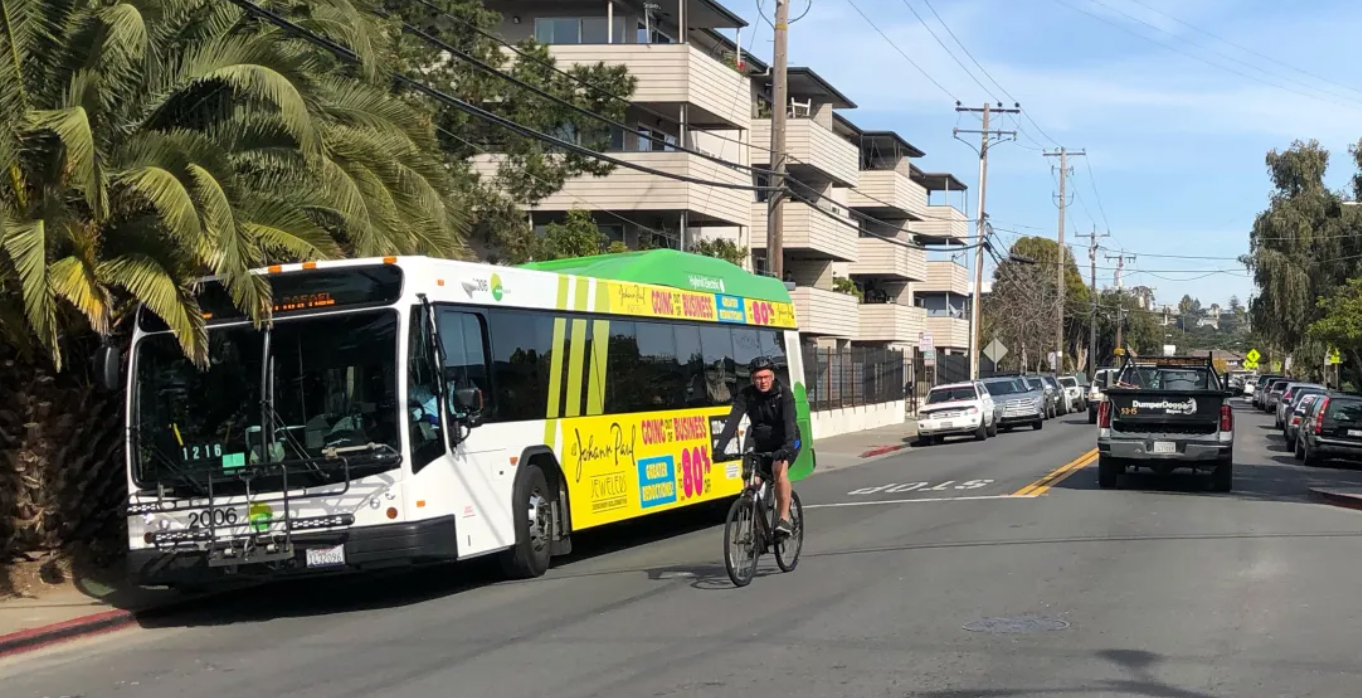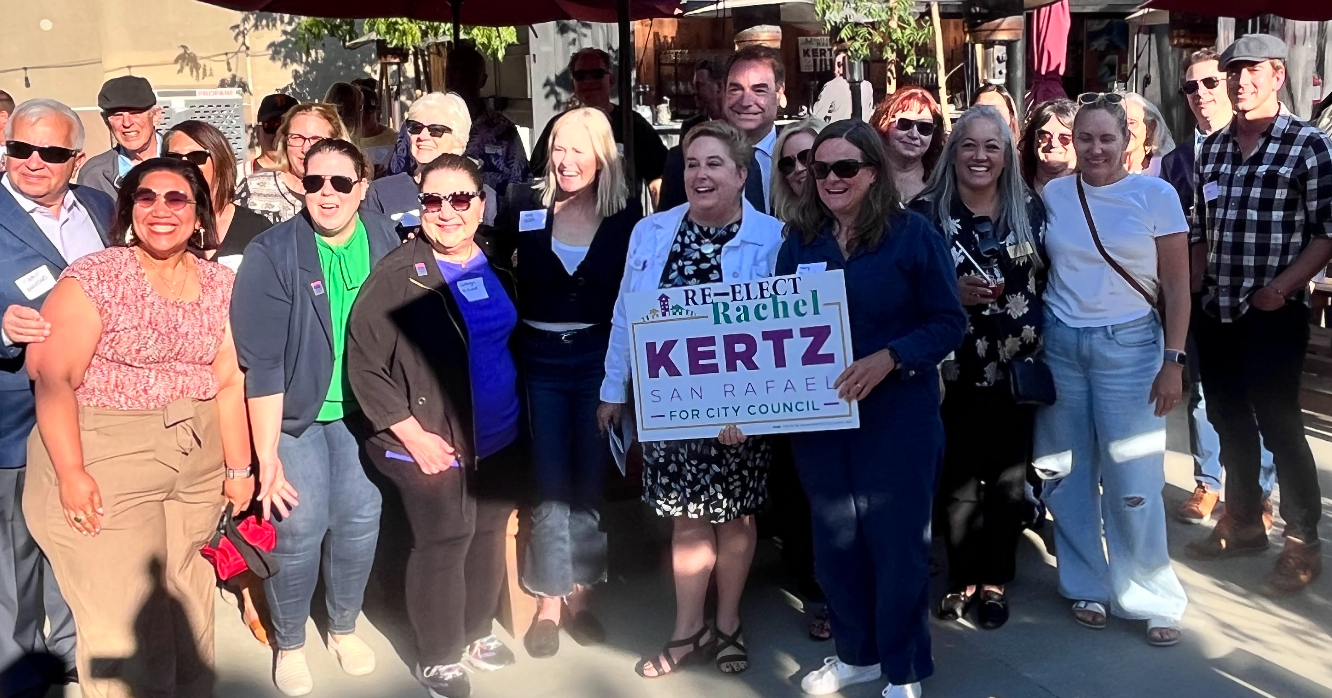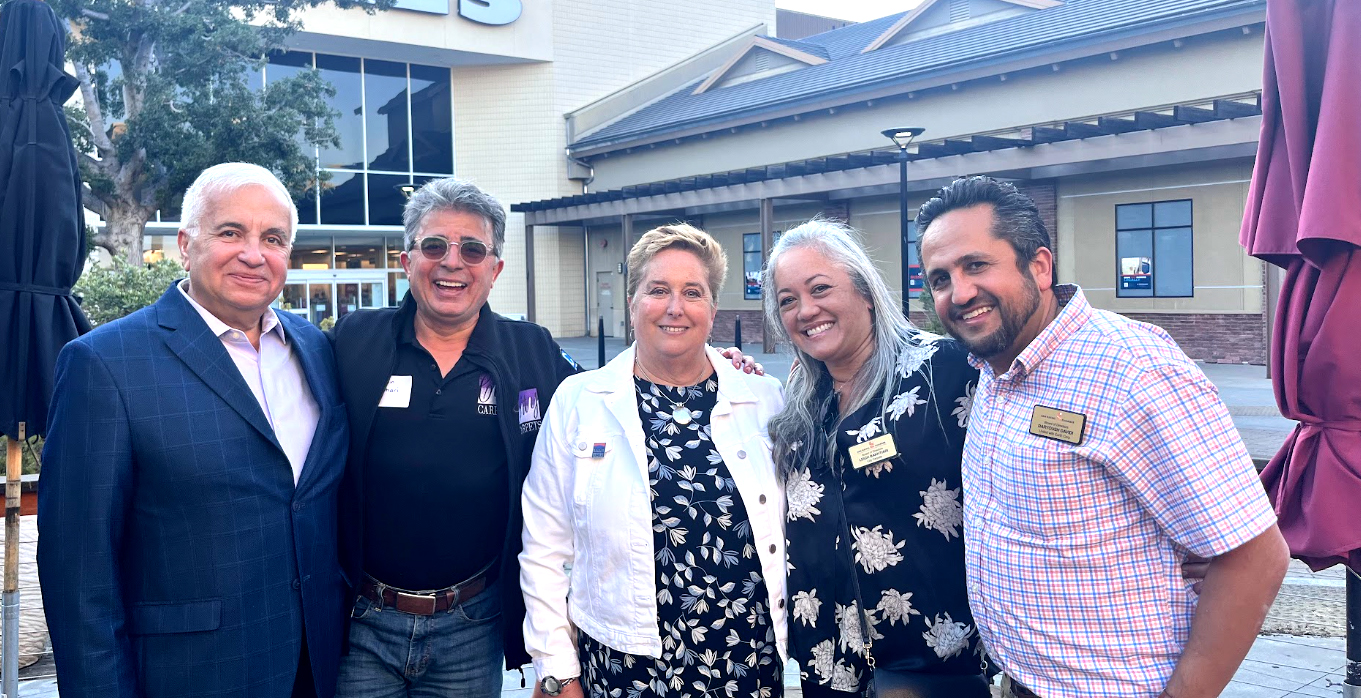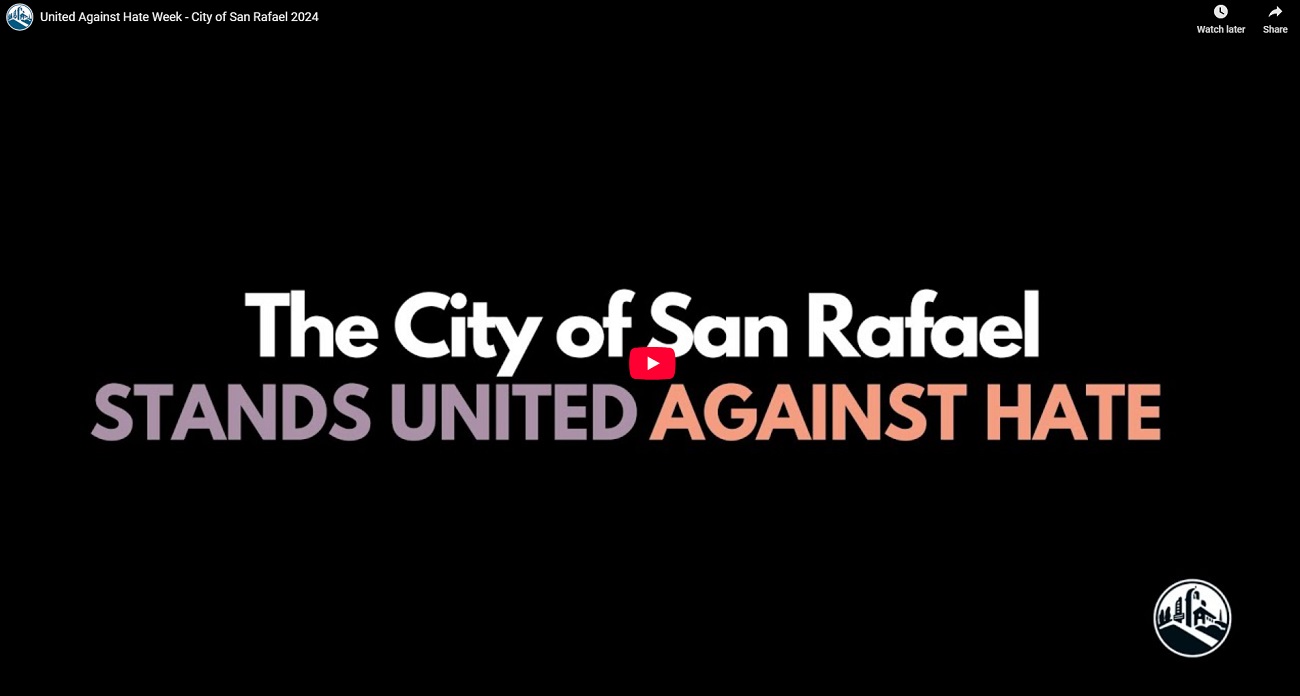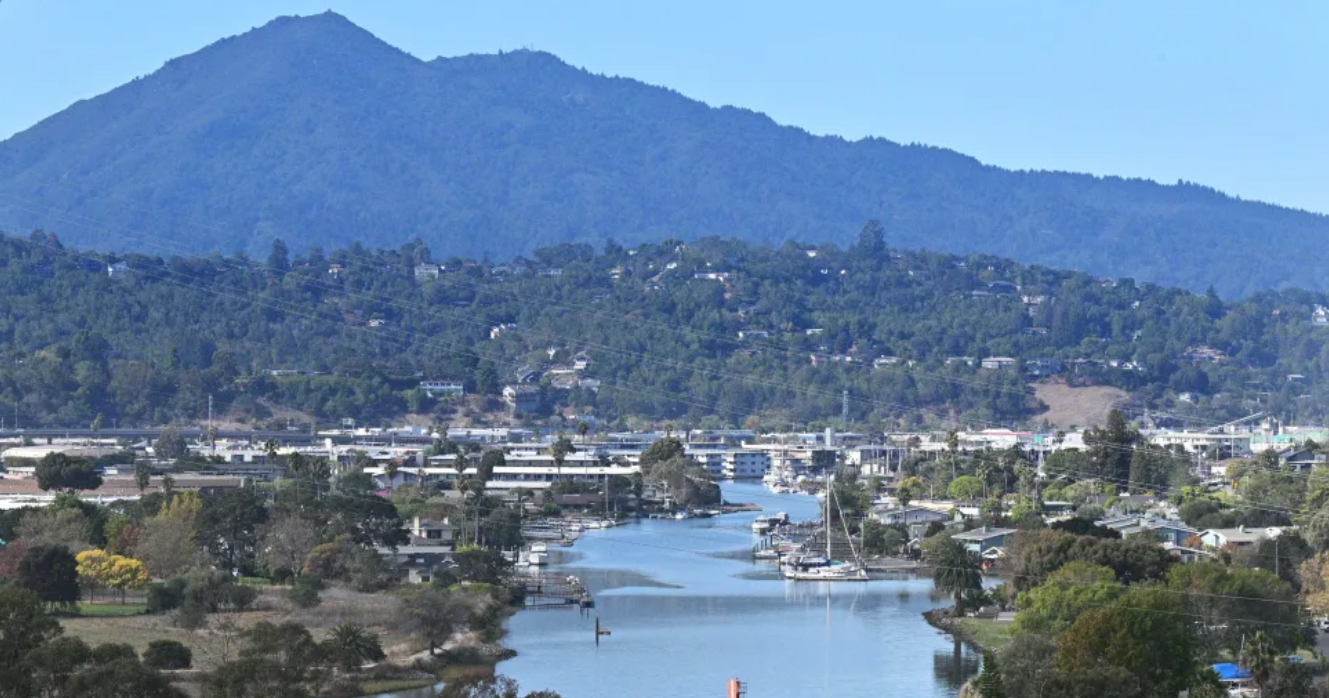Article courtesy of The Marin Independent Journal, June 23, 2022
San Rafael has a new five-year plan to improve transportation safety and accessibility in the city’s Canal neighborhood.
The City Council unanimously approved the document, called the Canal Community Based Transportation Plan, at its Tuesday meeting. The document outlines 11 projects — designed with the help of community advocates — aimed at upgrading infrastructure for walking and biking, and enhancing transit.
With the plan in hand, city leaders are better equipped to aggressively seek local, state and federal funding to complete these projects, said Taylor McAdam, senior transportation planner for Fehr and Peers, the consulting firm that developed the document.
“When you can say we have a community that wholeheartedly supports this plan, we have a project described within this plan, you are much more competitive going after grants, of which there are many,” McAdam said.
Not all projects will be completed within the five-year timeframe, but the plan establishes annual benchmarks for each of the 11 efforts. There will be annual progress reports on what’s been accomplished and what more needs to be done, McAdam said.
The Metropolitan Transportation Commission created the Community Based Transportation Plan program in 2002 to identify the needs for low-income communities. MTC works with local agencies and organizations to collaboratively craft the plan.
The plan was developed with the Transportation Authority of Marin, Canal Alliance, Voces del Canal community advocacy group and the city.
“We are very happy that the city is listening to our concerns,” said Marina Palma, a leader in the Voces del Canal. “We want to publicly thank the city, and I hope from now on, we will continue to work on making it a safe and vibrant community.”
The most desired project is a bicycle and pedestrian crossing from the Canal neighborhood to Third Street. Right now, the only route from the neighborhood to the Montecito Shopping Center, San Rafael High School, and San Pedro Elementary School, is by walking on Francisco Boulevard East to the Grand Avenue bridge, which for some adds 20 minutes travel time.
The bridge project, which is estimated to range from $5 million to $10 million, has been a request since the city’s original community based transportation plan adopted in 2006. The five-year goal is to secure funding to complete a feasibility study and for design and engineering, according to the document.
Maika Llorens Gulati, the District 1 council member who represents the Canal, said it’s been a “big dream” of the community to build that bridge.
“I think it’s going to be a game changer for the community, just connecting the Canal with the rest of the city,” she said.
Other projects include improving public lighting on neighborhood streets, an effort that has already begun. The city has upgraded 35 streetlights on Canal, Larkspur, Hoag, Novato, Fairfax and Sonoma streets, said April Miller, assistant director of public works.
The city is also working with Pacific Gas and Electric Co. on approvals to equip utility poles with lights and make other fixture upgrades, said Bill Guerin, director of public works.
The plan also outlines projects such as a bike share and scooter share program; enhanced bicycle storage and bicycle education; expanded transit service; improved bus stop sites and maintenance plans; crosswalk improvements and others.
Aaron Burnett, director of policy at Canal Alliance, said the nonprofit leaders are proud of its contribution and partnership with the city in this effort.
“The CBTP provides an achievable roadmap for progress and clearly defines which projects should be given highest priority,” he said. “We are optimistic that the city of San Rafael will use the CBTP as a tool to hold itself accountable for completing the projects and solutions outlined in the plan and ensure that our underserved communities have equal access to a safe neighborhood and effective transportation.”
Council members overall encouraged staff to continue working with the partner agencies to share the leadership in spearheading the projects and to find funding from all sources available.
“I think we’ve all known that these problems have existed, but now having the full report will help in terms of us going out for funding opportunities,” Vice Mayor Rachel Kertz said, noting that she also encourages ongoing communication with community members on project progress. “So that’s great to have that.”
The plan cost $80,000 to produce, and was funded with $66,000 from TAM and $14,000 from the city.

